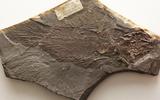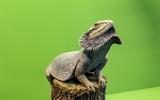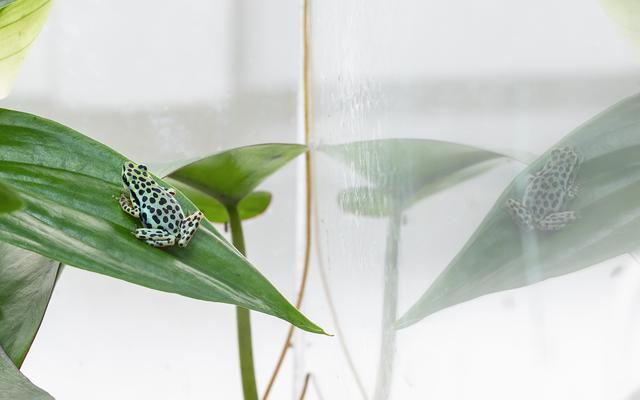Cardinaux made his money by seeking out fossils. During his travels as a researcher, he found the fossil of a coelacanth – a creature belonging to the family of bony fish – at Teysachaux, a small mountain in the canton of Fribourg. He sold this prize to the palaeontologist Carl von Fischer-Ooster, who was working at the Natural History Museum of Bern, in 1873.
Initially, the fossil attracted no interest as part of the museum’s collection. This changed when preparations were under way for our permanent exhibition “Fins–feet–wings” around 15 years ago. The fossil has since undergone scientific analysis, and the results indicate that this find is extremely important for the history of the coelacanth.

Ursula Menkveld-Gfeller, what is so special about this fossil from 1873?
This is the first and only coelacanth to have been found in Jurassic rocks in Switzerland. It is approximately 180 million years old. During this period, the Alps did not yet exist and a sea covered much of Europe. Coelacanth fossils are extremely rare, and almost none have been found in Switzerland. The few that have been collected are older specimens from Triassic rocks.
Why was the fossil overlooked for so long in the museum?
Back in 1873, the palaeontologist Carl von Fischer-Ooster knew that the fossil he had bought was special. However, his death two years later put paid to a more thorough analysis. Fortunately, my colleague Bernhard Hostettler rediscovered the coelacanth in the museum’s collection some 15 years ago while preparing an exhibition. Experts have now been able to examine the fossil in detail.
What are coelacanths, precisely?
Coelacanths are a strange type of fish. They are older than dinosaurs and are nicknamed “living fossils”. The coelacanths found today are only a little different, visually speaking, from the fish that lived 390 million years ago. A characteristic of later quadrupeds is also clearly evident in this fish: the crosswise movement of the “lobed” fins is consistent with the way that salamanders or lizards move.
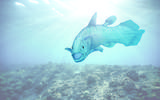
Lionel Cavin
Who examined the fossil from the museum 130 years after it was discovered?
For his doctoral thesis, Christophe Ferrante looked at the identification of coelacanth fossils. Together with Lionel Cavin from the Natural History Museum of Geneva and myself, Christophe analysed the fossil from our collection and gave it the name Libys callolepis, which is derived from the Greek for “beautiful scales”.
Why has the fossil been given a new name?
We discovered that “our” coelacanth is a new type that does not match any other specimen described to date. That makes this fossil a holotype, a specimen that defines a new species. This is why this find is unique.
What was your role in the analysis of the fossil?
I determined the age of the layer of rock in which the fossil is embedded. The rock itself does not reveal the age of the specimen, but there are other fossils on the rear of the slab of rock. By identifying these ammonites and shells, it became clear that this rock dates back to the early Jurassic period. This puts the age of the coelacanth at around 180 million years old.
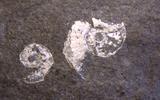
In other words, determining the age of a fossil is real detective work?
Exactly. The challenge is even greater for fossils in our collection. When it comes to historical finds, the rock layer has often been removed completely – people used to want to display the fossil all by itself.
Are fossils often rediscovered in the collection?
It happens time and again. For example, I recently determined that the mandible of a horse we have had in our collection since 1918 is also a holotype. Our palaeontological collection alone contains 275 holotypes.
The coelacanth fossil Libys callolepis is on view as part of the exhibition “Fins–feet–wings” at the Natural History Museum of Bern.
Publication date: 27.12.22
The study on the NMBE fossil is available here: Ferrante, C., Menkveld-Gfeller, U. & Cavin, L. 2022. The first Jurassic coelacanth from Switzerland. Swiss Journal of Palaeontology. 141: 15 https://doi.org/10.1186/s13358-022-00257-z
